From a picturesque Bombay Fort to rare mangoes of Mazagaon, peep into India’s history at an illustrated talk by city-based art historian Dilnavaz Mehta
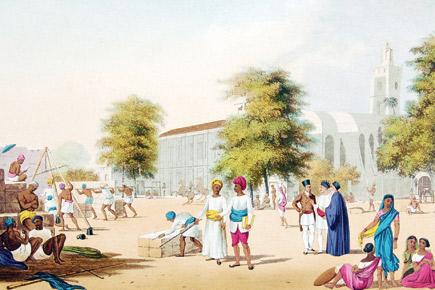
Sketched on the spot in 1811 by Captain Grindlay, a view of the Bombay Green surrounded by various public buildings including the St Thomas Cathedral. During the dry season, the open space was occupied by vast piles of cotton bales
![]() Did you know that the Maratha warrior Mahadji Scindia kept a Brahmin who attended to him every day to apply the marks of his caste upon his nose and forehead? Made with a pigment of ochre and oil, the marks were washed off and redone the following morning. Not long before his death in 1794, European artist William Daniell drew his portrait, with the marks et al. Are you piqued to see this rare graphic print? Attend an illustrated talk by Mumbai-based art historian and collector, Dilnavaz Mehta that will take place at Dr Bhau Daji Lad Mumbai City Museum, this Saturday. Titled Early Prints of India: Cultural and Historical Curiosities, the public lecture is part of a series that the museum organises with the visiting faculty of the PG Diploma in Modern and Contemporary Indian Art and Curatorial Studies course, in a bid to promote a greater understanding of traditional and contemporary arts.
Did you know that the Maratha warrior Mahadji Scindia kept a Brahmin who attended to him every day to apply the marks of his caste upon his nose and forehead? Made with a pigment of ochre and oil, the marks were washed off and redone the following morning. Not long before his death in 1794, European artist William Daniell drew his portrait, with the marks et al. Are you piqued to see this rare graphic print? Attend an illustrated talk by Mumbai-based art historian and collector, Dilnavaz Mehta that will take place at Dr Bhau Daji Lad Mumbai City Museum, this Saturday. Titled Early Prints of India: Cultural and Historical Curiosities, the public lecture is part of a series that the museum organises with the visiting faculty of the PG Diploma in Modern and Contemporary Indian Art and Curatorial Studies course, in a bid to promote a greater understanding of traditional and contemporary arts.
ADVERTISEMENT
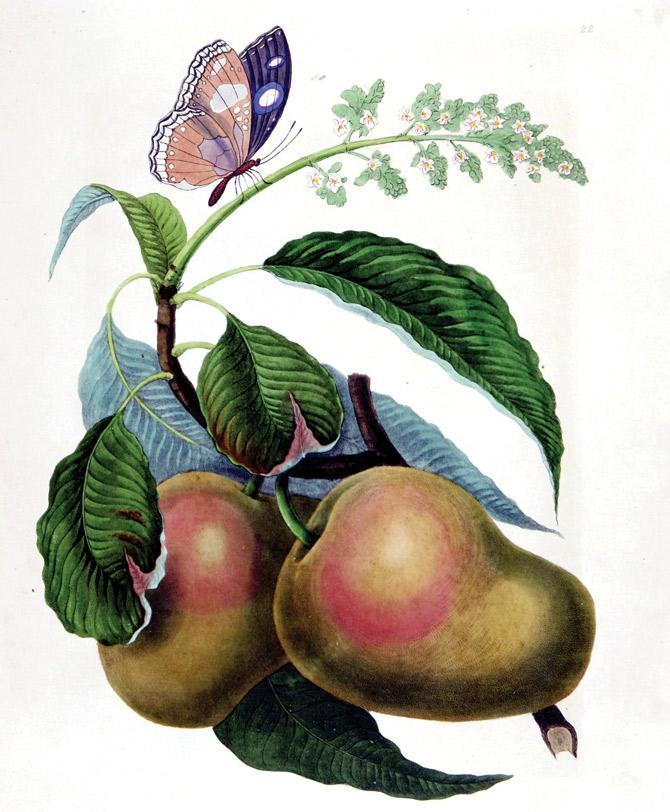
The Mazagaon mango by James Forbes, said to be the best in flavour in the whole of western India, 1813
The lecture will cover a period between the 1550s and 1900s. “With the consolidation and expansion of the British East India Company, several Europeans came to India as travellers, traders, researchers and even visionaries. Many took to drawing and documenting what they experienced. These prints were realistic representations rather than a figment of imagination, so they are significant as they document Indian history, culture and art, long before the arrival of photography,” shares Mehta, who will present more than 30 prints from across India, sourced from the collections at her company, Hindoostan Revisited.
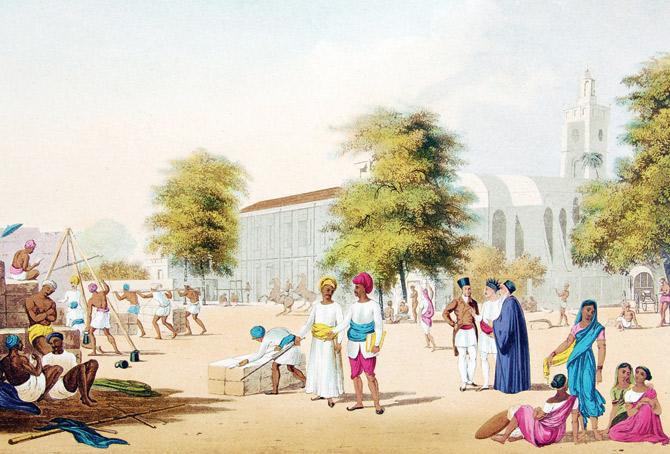
Sketched on the spot in 1811 by Captain Grindlay, a view of the Bombay Green surrounded by various public buildings including the St Thomas Cathedral. During the dry season, the open space was occupied by vast piles of cotton bales
Covering everything from natural history to city scenes, historical events, architecture, native trades and crafts practised, social customs, costumes and personages (native and European), the prints include the earliest version of Delhi’s Nizamuddin Dargah, a city scene of Kolkata and even one depicting the surrender of Tipu Sultan’s two sons. “All the prints are by European artists. I will also share interesting stories and anecdotes behind them,” she sums up.
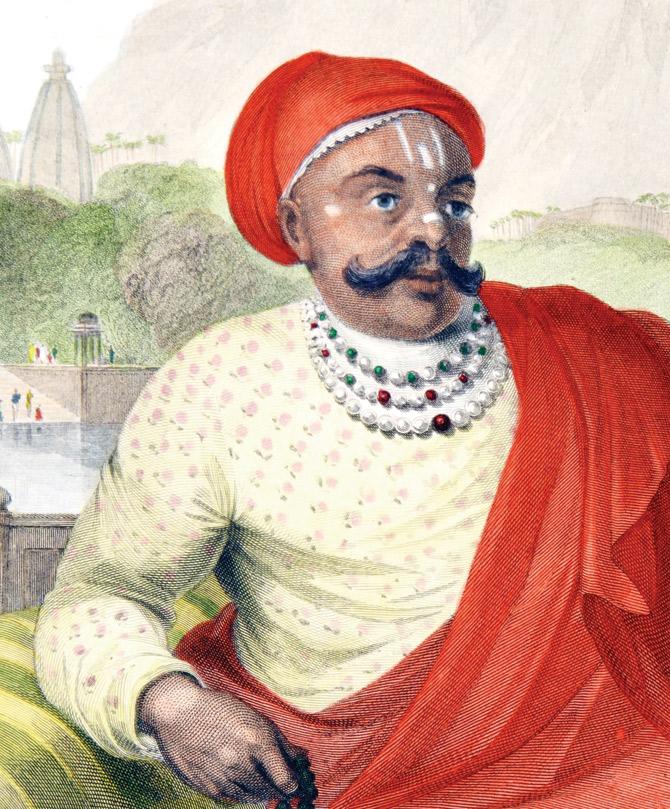
A portrait of Mahadji Scindia by William Daniell. Pics Courtesy/Dilnavaz Mehta
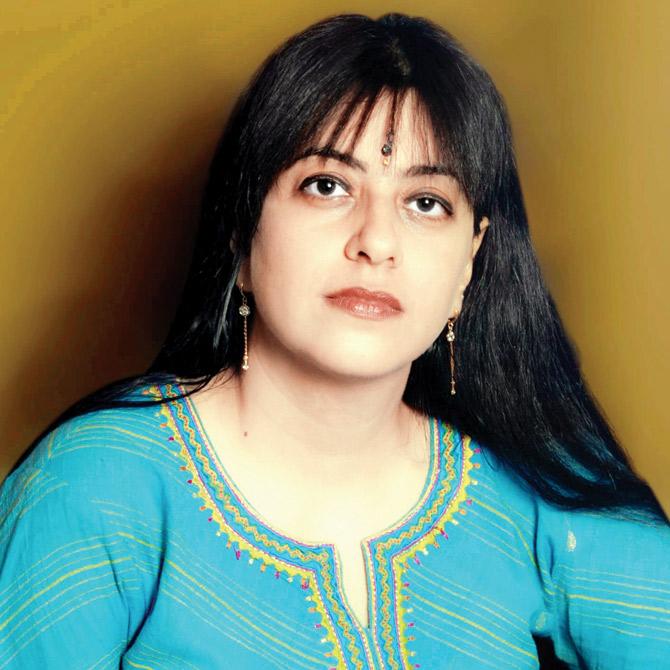
Dilnavaz Mehta
On: February 6, 6 pm (tea at 5.30 pm)
At: Education Centre, Dr Bhau Daji Lad Mumbai City Museum, Veermata Jijabai Bhosale Udyan, A-91 Dr Babasaheb Ambedkar Road, Byculla (E).
RSVP: ccardoza@bdlmuseum.org
 Subscribe today by clicking the link and stay updated with the latest news!" Click here!
Subscribe today by clicking the link and stay updated with the latest news!" Click here!






